HIMACHAL PRADESH
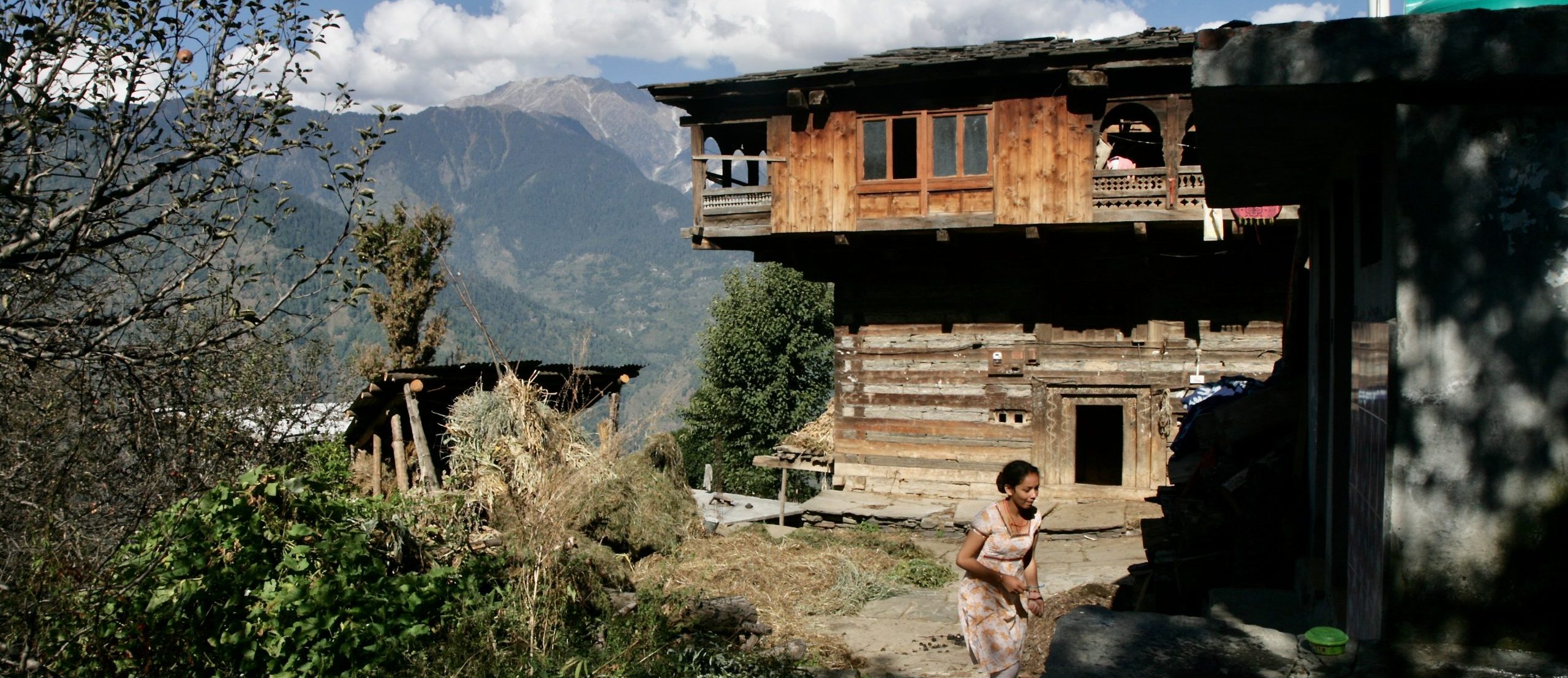
Himachal Pradesh will always be very special to me – as 1992 my first journey to India went exactly there and was therefore the starting point for my long India-story. I arrived in the dark in Manali and when waking up the next morning the panoramic mountain view was smiling at me. I drove via Rothang-Pass to Keylong, met the first tibetan-buddhist monks and nuns, walked through the moon-landscape to Chandertal-lake, bathed in the hot springs of Manikaran and listened to the Dalai Lama in McLeod Ganj.
Himachal Pradesh has 55.673 qkm and offers quite a variety of landscape-formations (apple-plantations, alpine meadows, dry high altitude desert, forest-covered hills, cragged rock peaks…). It is a pleasant state with a good living-standard and comparativly less corruption. The mountainous area (the highest peak is the 6.819 m Reo Purgyil) offers comfortable temperature during the hot period so that the British established some hillstations. There are few urban places, most people live in the villages and add to the 45% income out of agriculture. Especially the apples from Himachal Pradesh are popular and famous. Fodder is collected everywhere to be stored for the snowy winters to feed the sheep, goats and cows. Sheep- and goat-herds slow down regularely the traffic on the curvy roads. Huge hamlets, partly rich decorated with beautiful woodcarvings, peg on adventurous mountainslopes, group around high erected temples – all built in places without roads. The bigger part pf the population lives in rural places so that their children sometimes have to walk kilometerlong small paths to their schools. Despite the difficult accessability is the electrical power supply all over the state and the situation of the schools is comparativly good.
With 67,7% large-scale forest-areas (except gouvernment nobody is allowed to cut trees and extend agricultural used area – and they are really strict with this), 32 sanctuaries and 2 nationalparks (Great Himalayan National Park is UNESCO world heritage site since 2014) Himachal Pradesh is on the way towards an ecological future. Exciting to see which way they already have walked and which actions are planned for the future. They especially invest in hydro power.
Himachal Pradesh is the land of gods. The (superstitious) belief is as in most mountain areas worldwide common and prayers and gods dominate big parts of the daily life and the seasons. In some hindu-temples the caretaker come mornings and evenings to wake-up, feed, bath and prepare the gods for sleeping, in some they put the gods on sundays on a bench in front of the temple and in autoumn for dussehra they carry them in daylong processions to the Kuluvalley for the huge festival.
Below we introduce some worthwhile places and topics, which are of interest for your journey to Himachal Pradesh. We are happy to deliver more information – as this part of India is liked very much by us.
In the buttonlink you find a good overview of the different areas in Himachal Pradesh:
On the road
Starting-point is usually Delhi. The train just goes to the feet of the Himalaya (Chandigarh, Pathankot) except the famous toytrain from Kalka to Shimla – a special train-experience! Alse there are small airports at Dharamsala, Bhuntar (Kulutal) and Shimla. During monsoon there is quite a high flight-cancellation-risk. The road-network is well established, but many routes are winding and have partly a bad surface. The speed is therefore more slow. Monsoon-damages affect again and again the road-condition. From Delhi there are comfortable night-buses to different places in Himachal Pradesh. Otherwise it is most convenient to travel by car everywhere and for shorter distances to take the local bus.
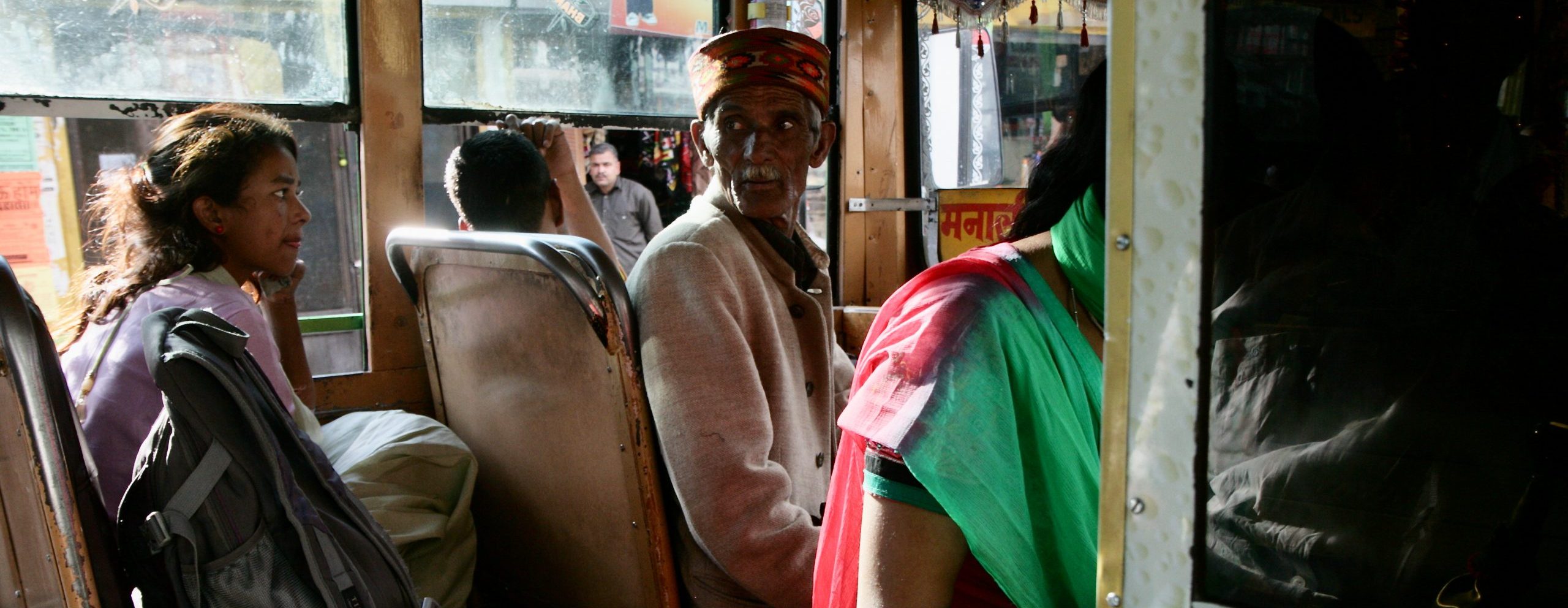
Accommodation
The supply of accommodation in Himachal Pradesh is quite big. There are homestays, guesthouses, heritage hotels, modern hotels, a-class camps – but not always everything in all places. We like to get the most suitable for you.
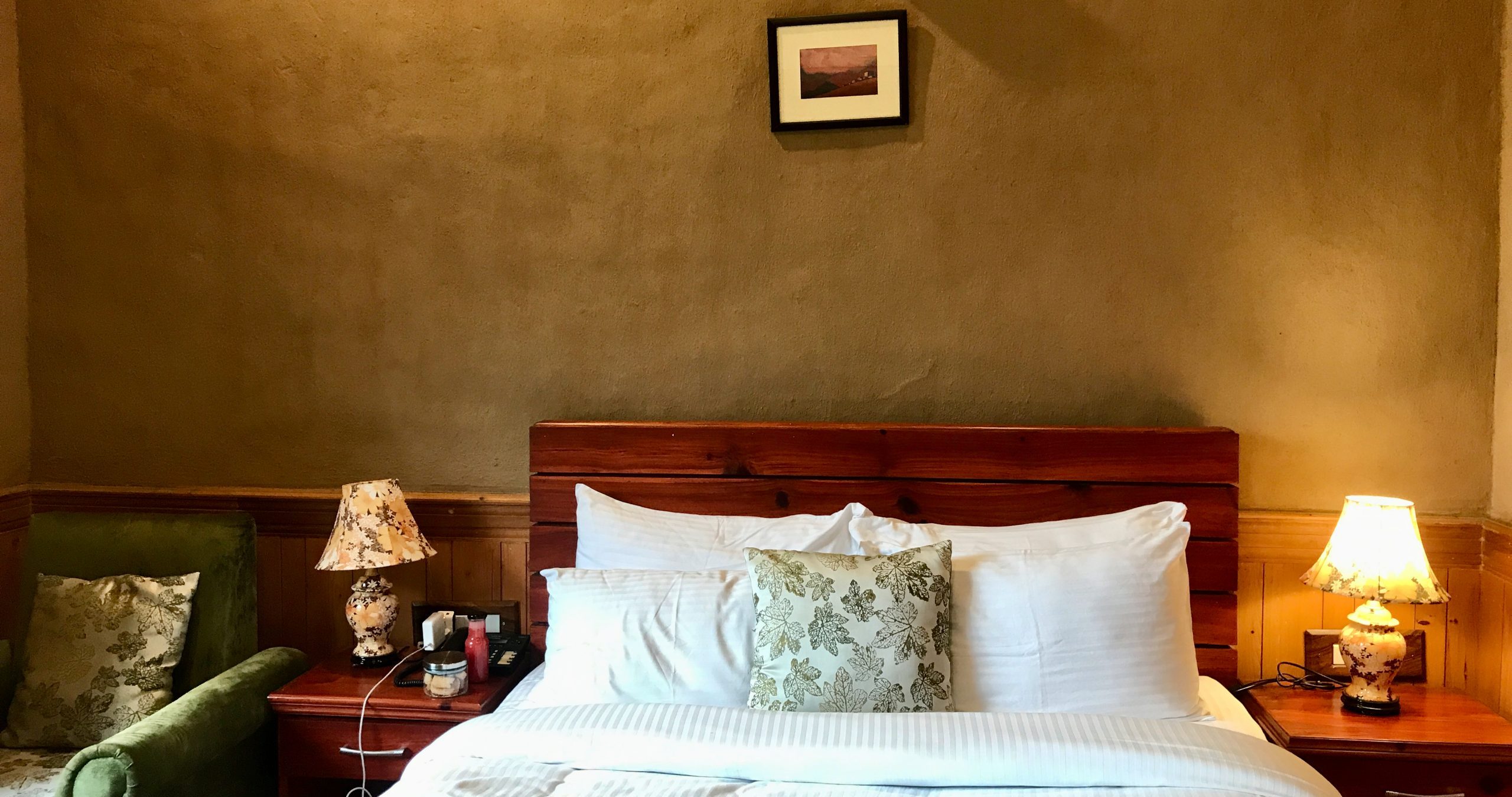
Buddhism
You can meet buddhismus in Himachal Pradesh at different places. Spiti in Lahaul is a dominant buddhist part, the rest auf Lahaul is mixed. There is a special attraction with the temple in Triloknath, which has equal buddhist and hindu operators and believers. Apart from that the huge community of exile tibetans provides a far spread buddhism not only in McLeod Ganj, their seat of gouvernment, but also in many monasteries in Bir, in Kuluvalley (there is also a big school) and in other places. Visits of monasteries definitly offer an interesting insight.
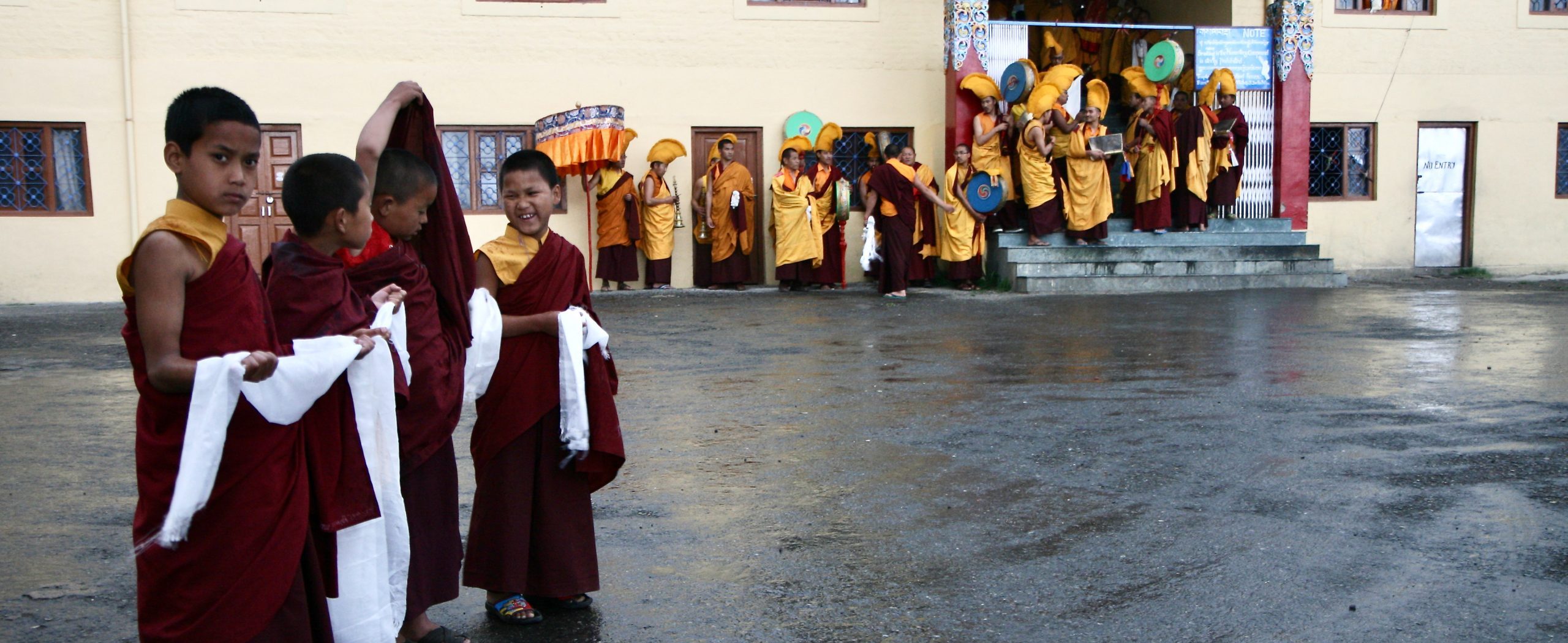
Hinduism
The absolutely bigger part of the Himachalis is hindu (more than 90% – as the tibetans aren’t included). The number of temples is huge. This is especially obvious at Dussehra in the Kulu-Valley, when the gods from every corner of the valley gather and celebrate. The hindu-holidays are anyhow “a must”, when they fall into your time of travel. Some temples are beautiful located so that the tour there will be a great experience in itself. Some temples are forbidden for non-hindus and some have strict rules regarding the wearing of leather-products. But usually you are advised on location.
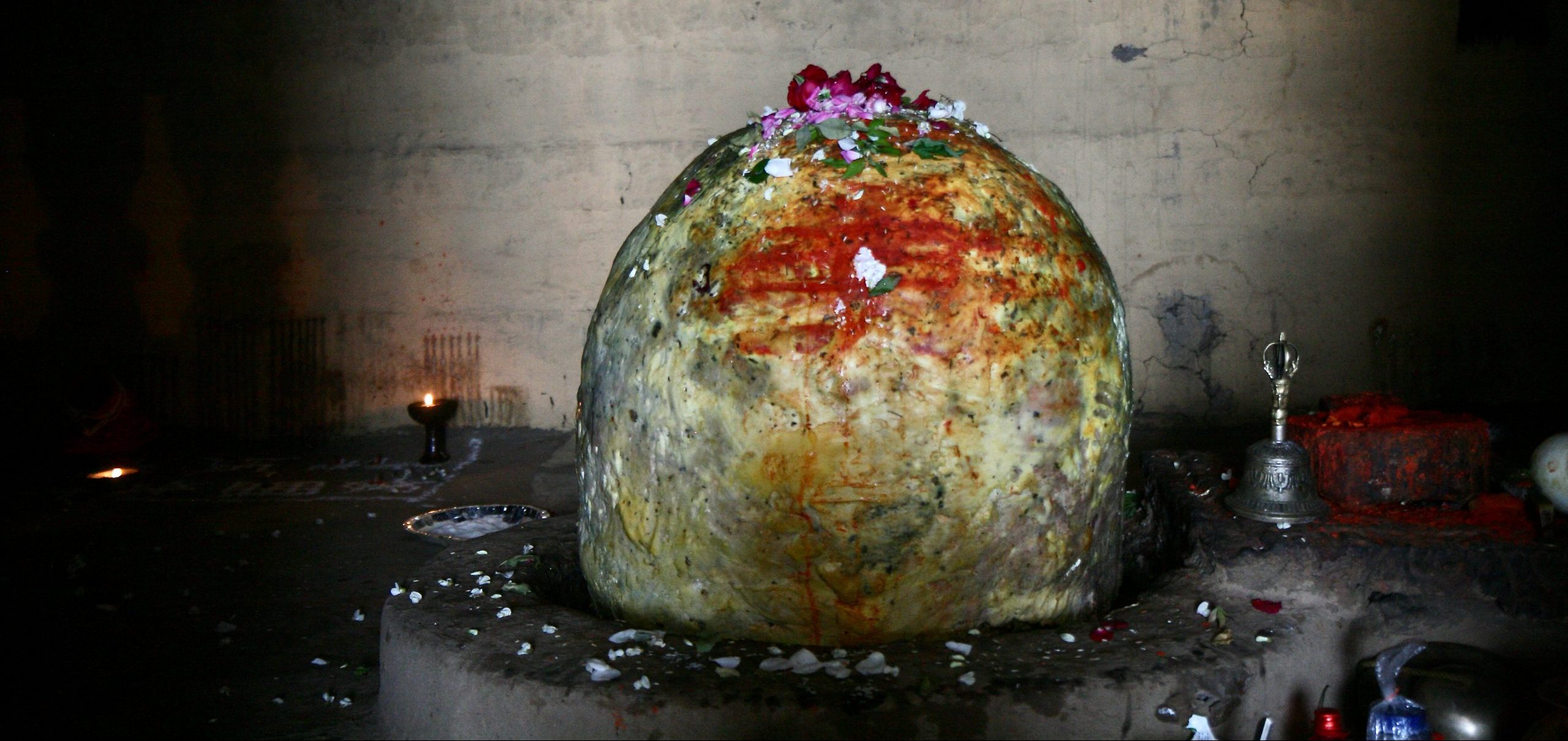
Trekking and Walking
For sure the Himalaya-mountains are inviting you for a lot of shorter or longer mountain-hikes. From minor walks to extended day-trips there are everywhere routes we can include in your itinerary. On treks lasting several days you can chose between famous/common ones (Hampta Pass, Kibber-Tsomoriri, Pin-Parvati, Chandrakhani Pass, Indratal-Pass, Homestay-Trek in Spiti, Kheerganga, Miyar-Glacier), offering different difficulty and duration starting from 2 days and countless less/not known tours, which are dominantly in Lahaul and Kinnaur. Usually you go with tent, team and luggage-animals, on few routes the own bagpack is enough and you can overnight in houses. A special attraction are the treks in the 2014 declared UNESCO World Heritage Site Great Himalayan Nationalpark. Livestock is forbidden here and porters have to carry everything for the daylong tours. But in the belt around the park there are nice possibilities for beautiful day-treks. Following the button-link you find a good overview of the different areas.
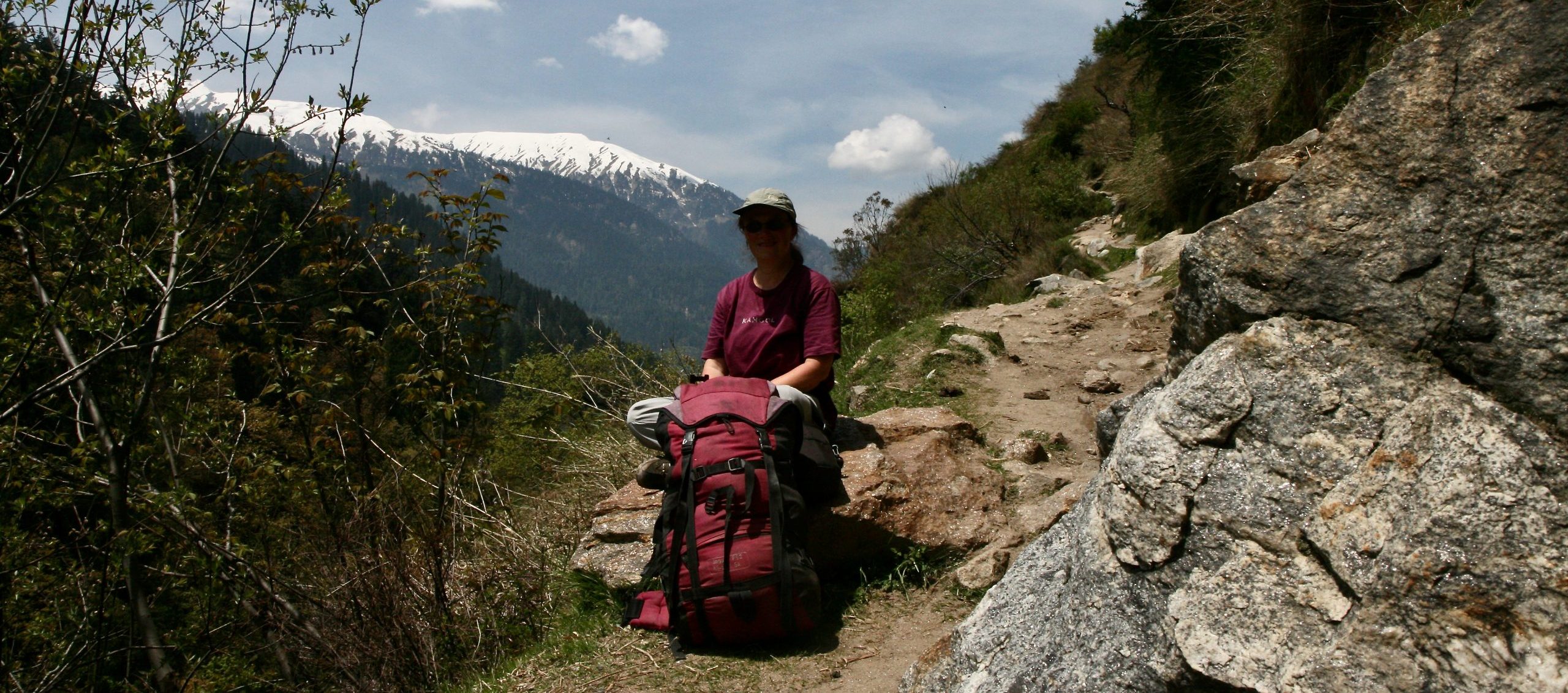
Other Experiences
River-Rafting on Beas River in Kulu-Valley, Paragliding in Bir/Billing, Skiing in Solang Valley – next to these adventurous-sporty activitiesHimachal Pradesh offers also a lot of different experiences. Cooking-classes for tibetan or indian food, introduction into meditation, visit of manufacturings of different kinds (carpeting, thangka-painting, waeving, wood-carving), sightseeing of colonial heritage or you discover Thoda, a very special martial-art-dance.
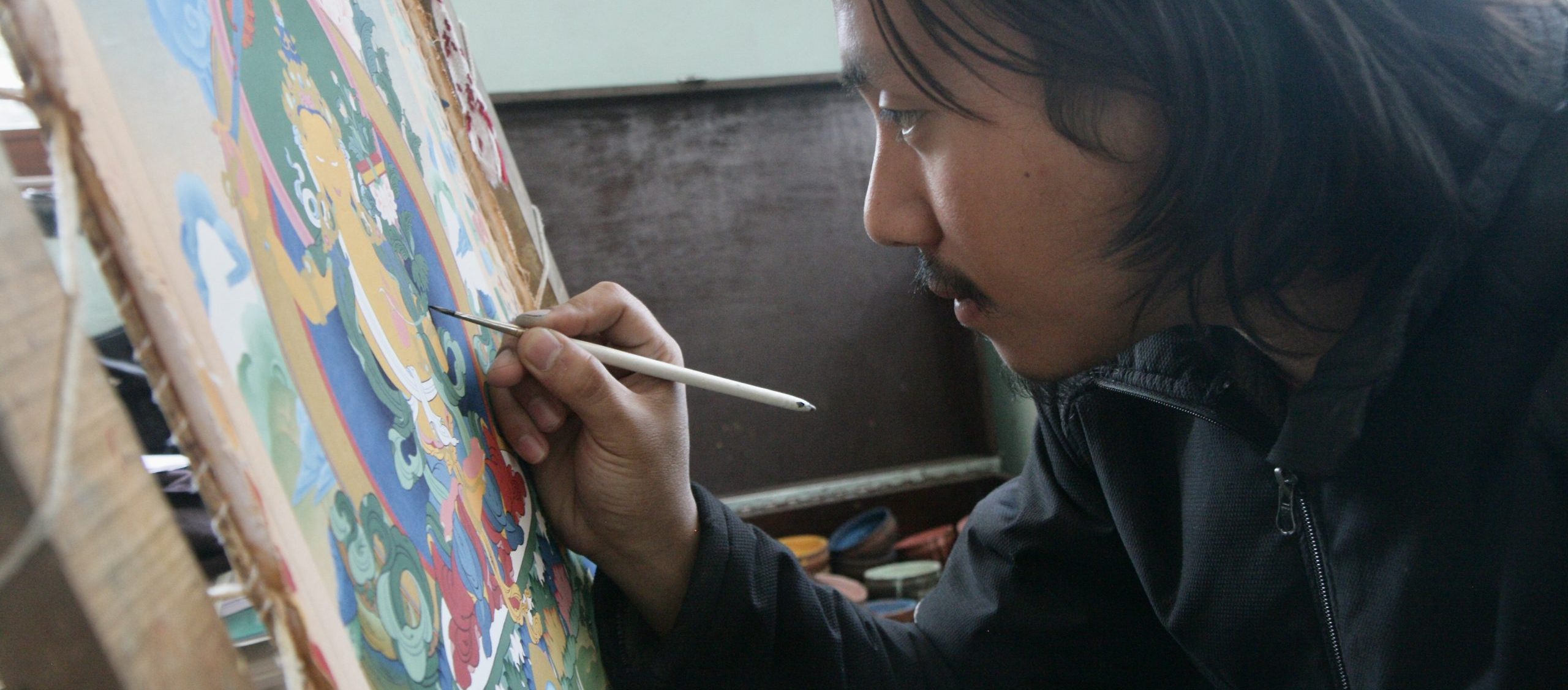
Monsoon and other weather
In the summer, means July/August, there is monsoontime in Himachal Pradesh. The rainfall is quite different in the places – as Dharamsala has a monthly avarage of 900 mm in July, the 6-7 driving-hours away Manali just has 410 mm. Sometimes it rains nonstop, sometimes cloudbursts alternate with sunny periods. Unfortunatly there is always the danger of landslides, which also sometimes flush away parts of the road. Then one has to change the itinerary.
In Himachal the weather is similar to the Alps: in the winter it is snowing, in the summer it is warm and spring and autum are the best seasons. Just that in summer there is rain added. Most favoured travelling periods are May/June and September, but we also like April and October a lot. All in all you can find open houses and touristic infrastructure the whole year round – just sometimes you have to take an umbrella or thick woollen clothes….
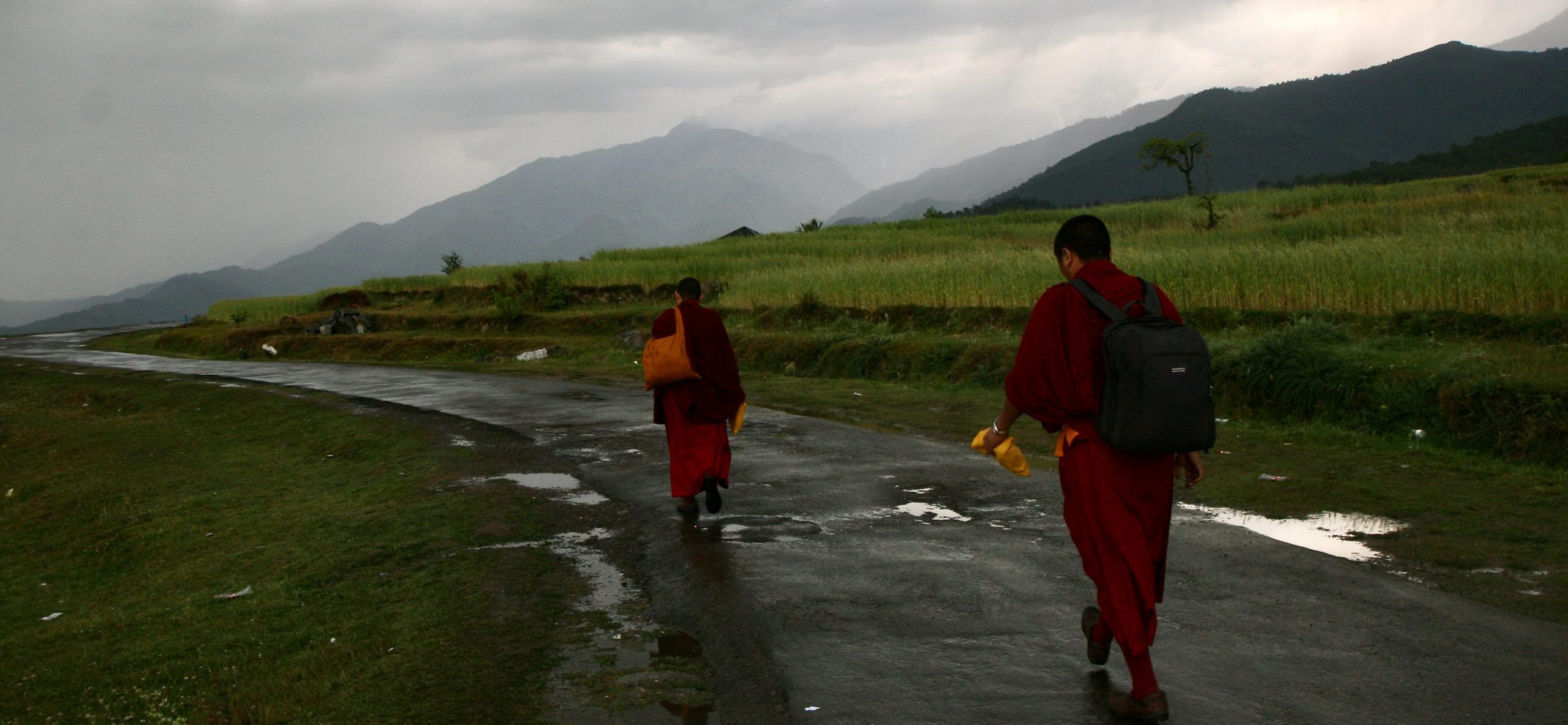
Blog
Some personal impressions about Himachal Pradesh you could gather from my blog about a trip in 2023:
